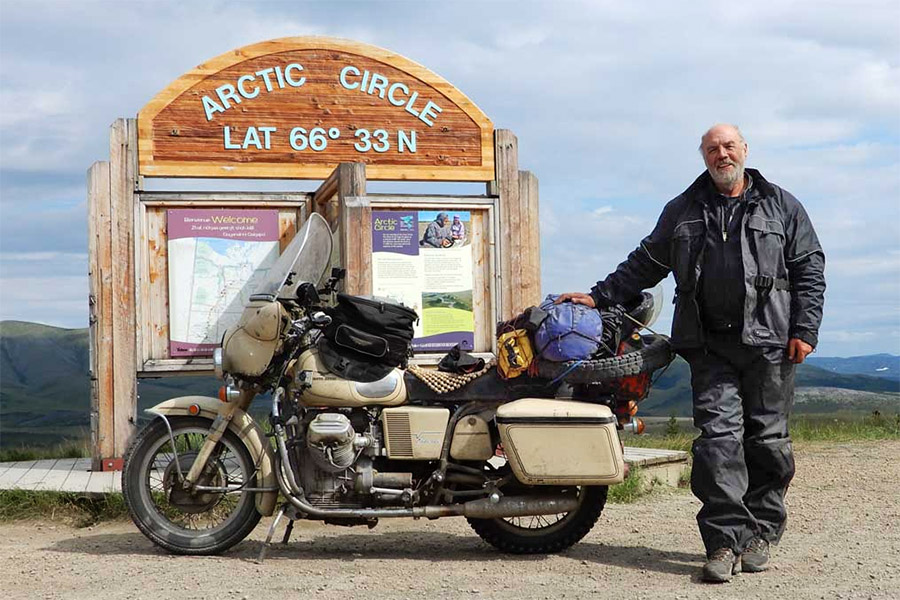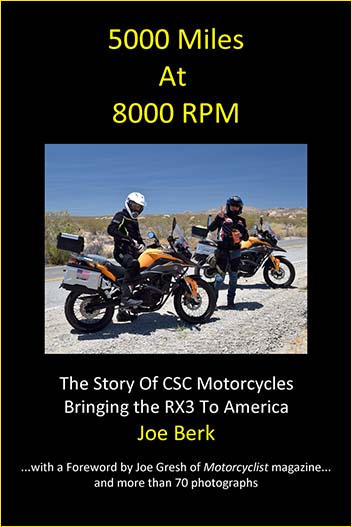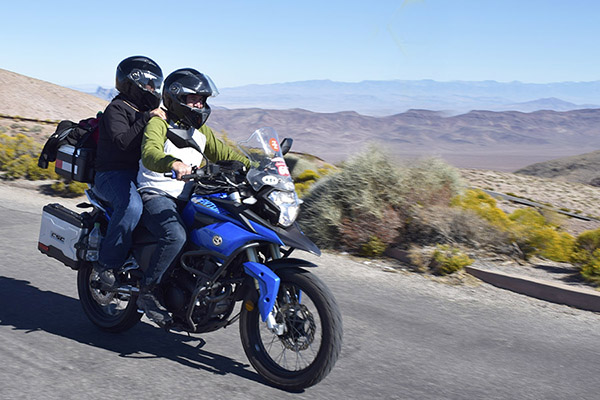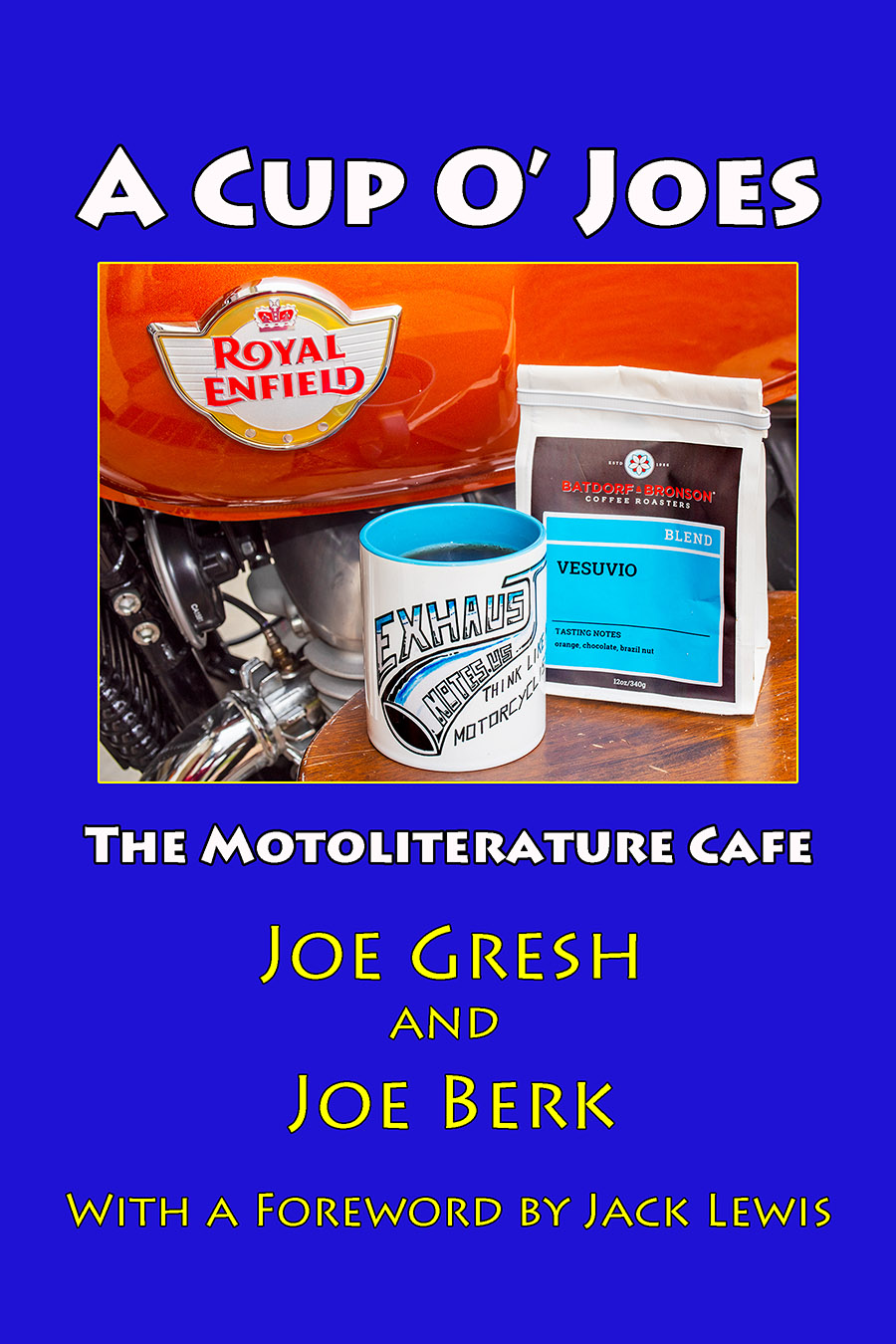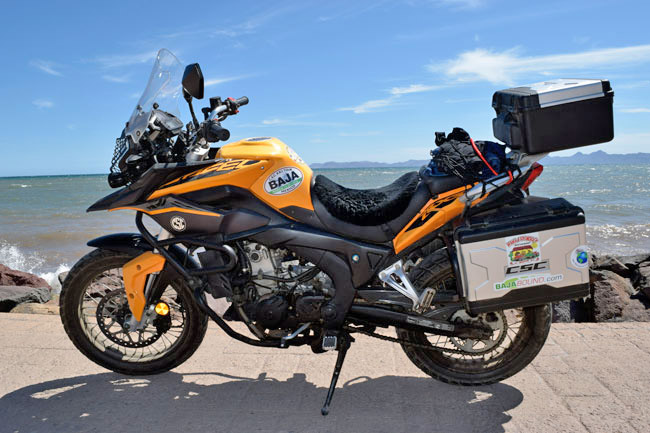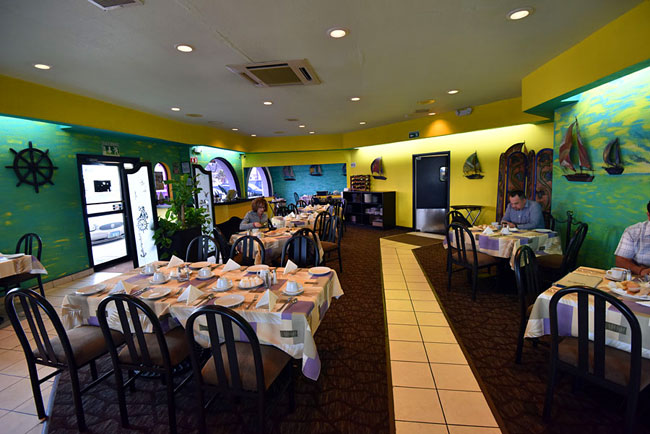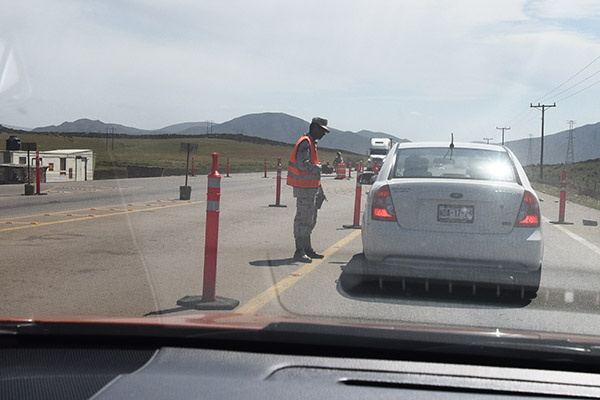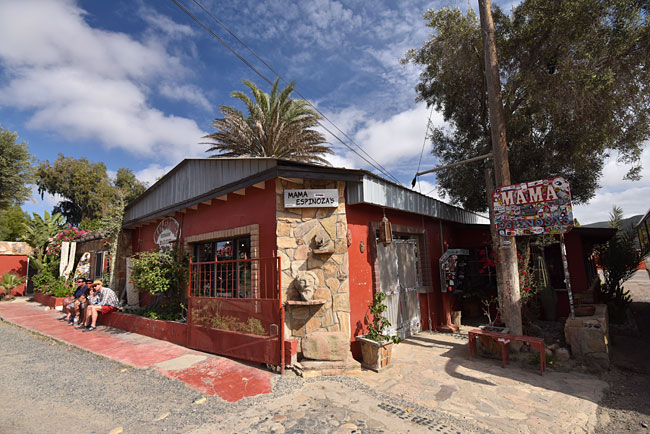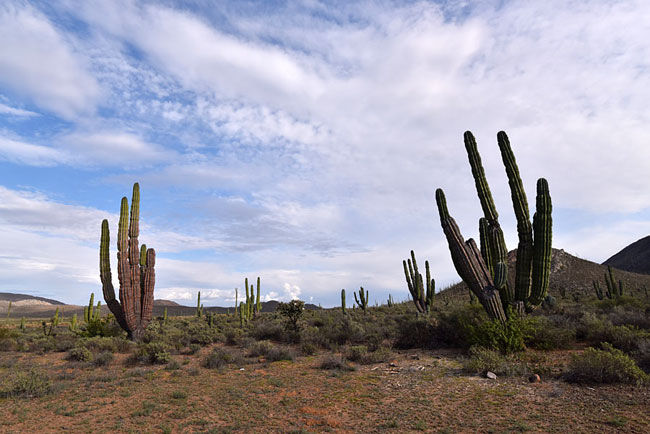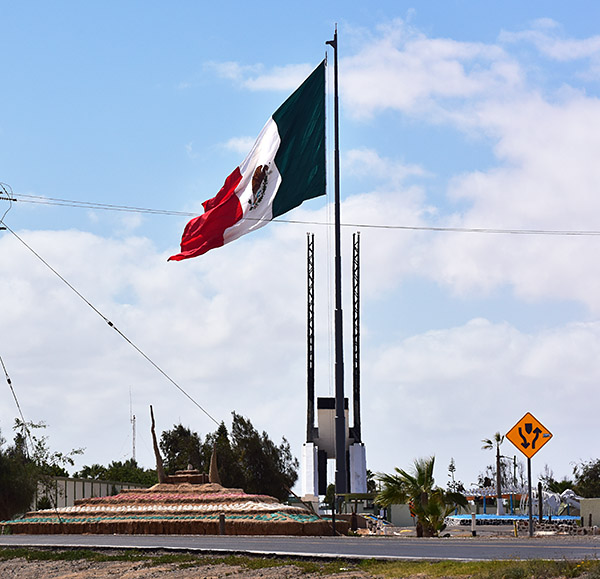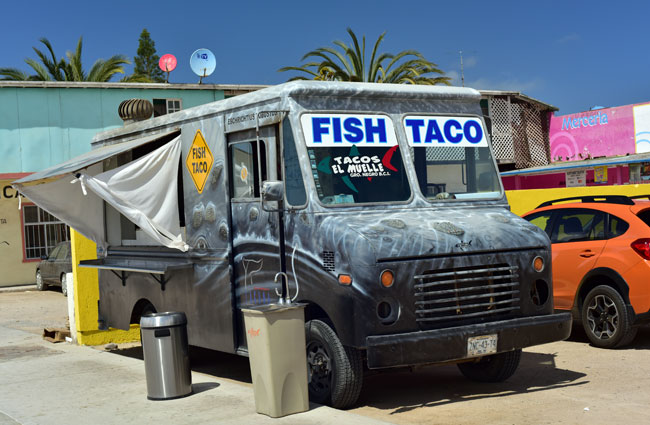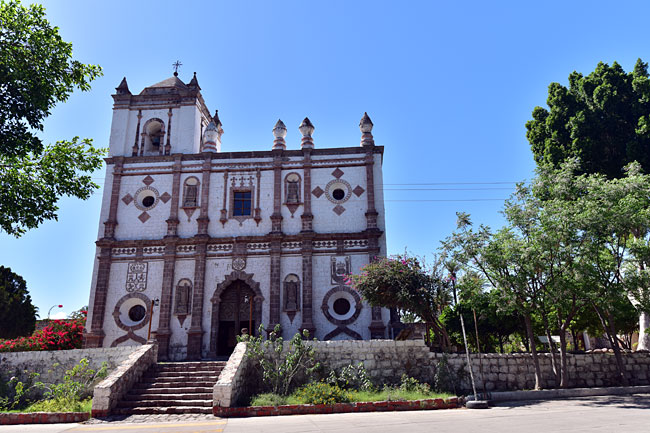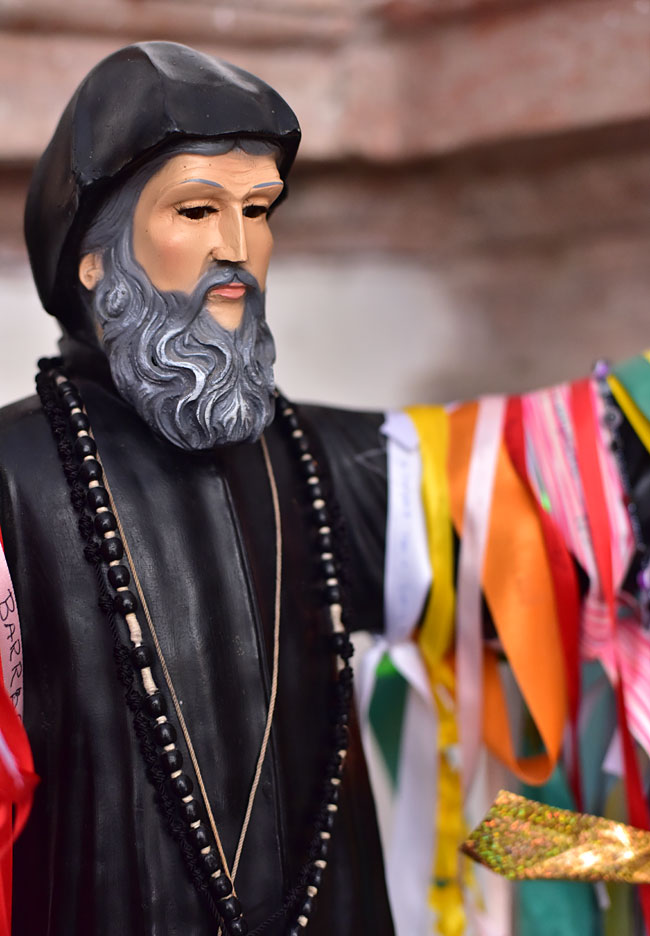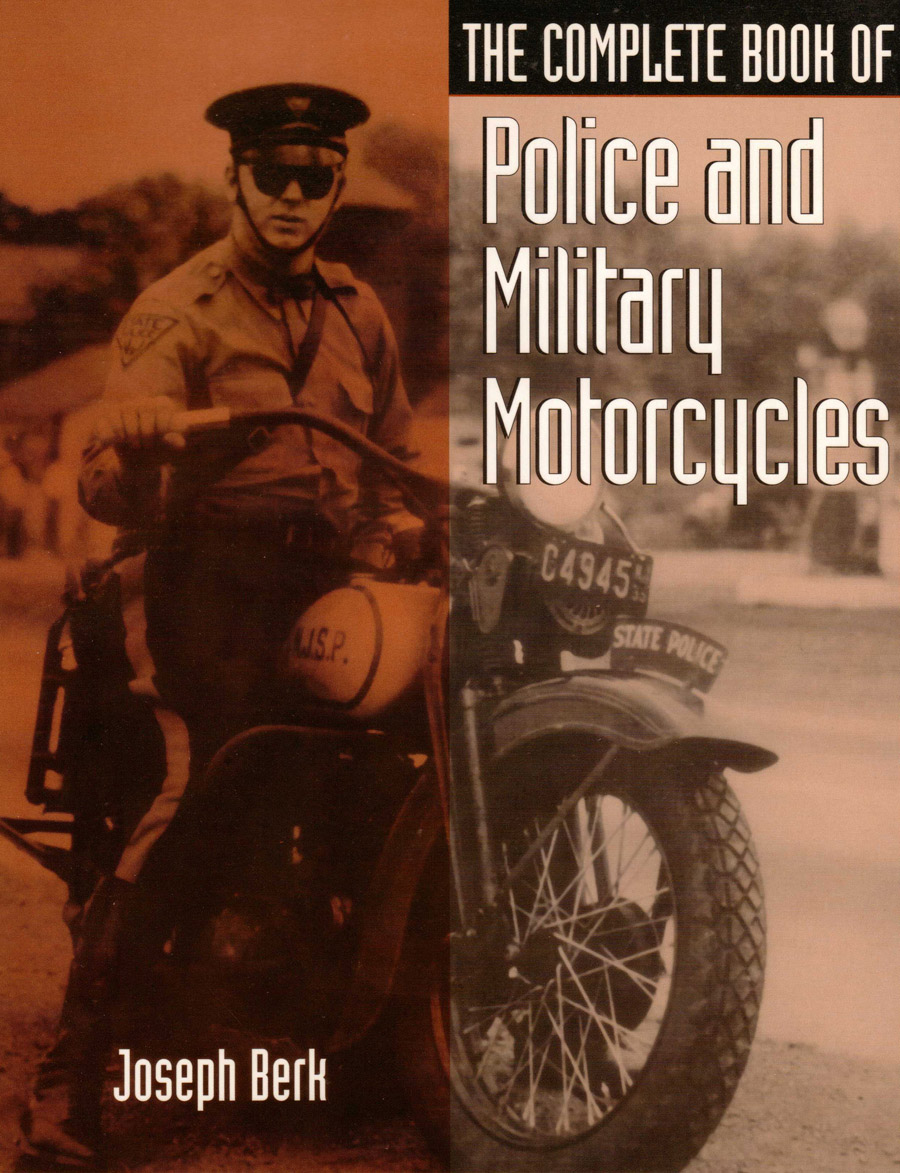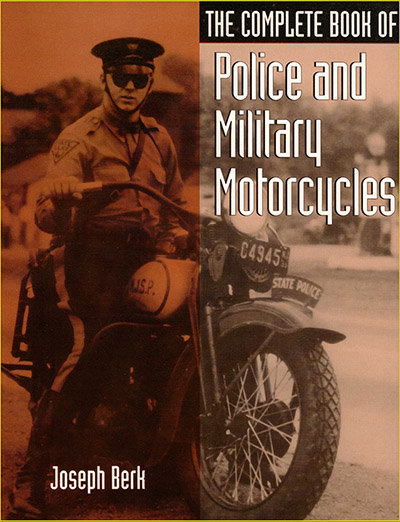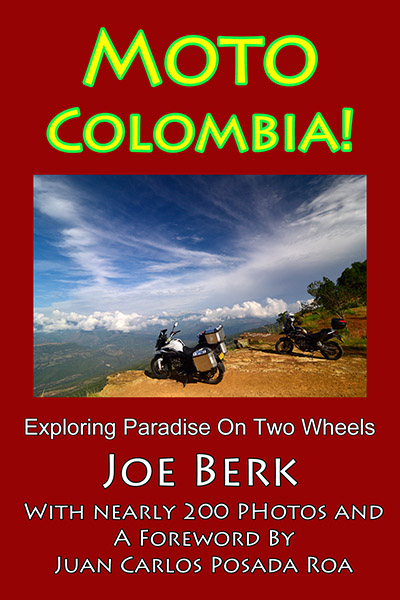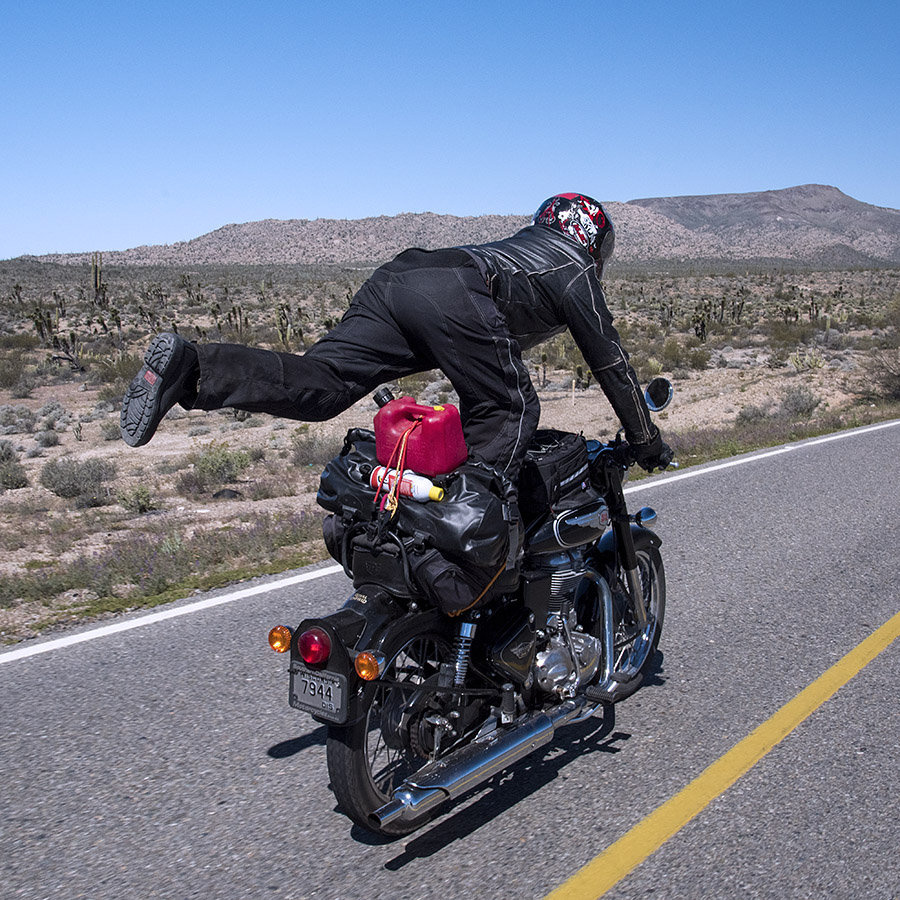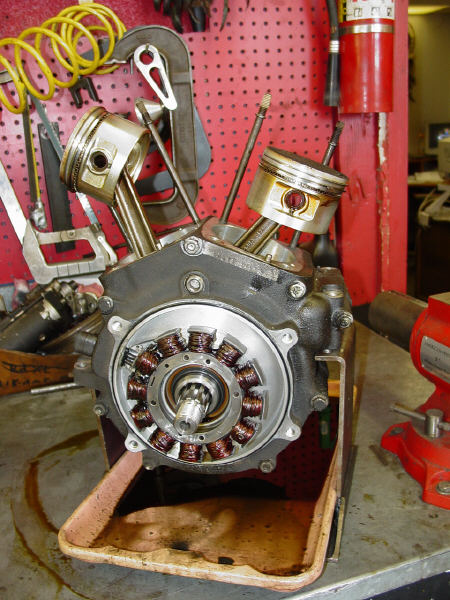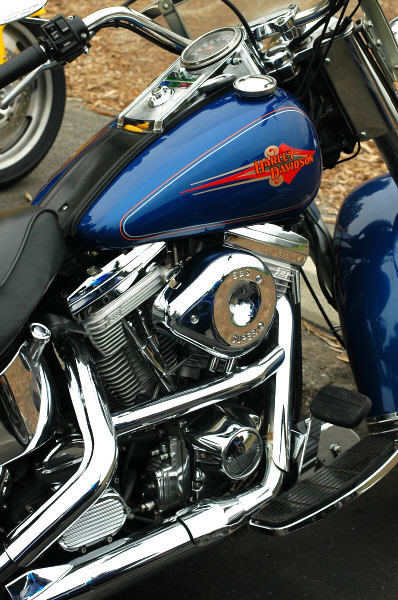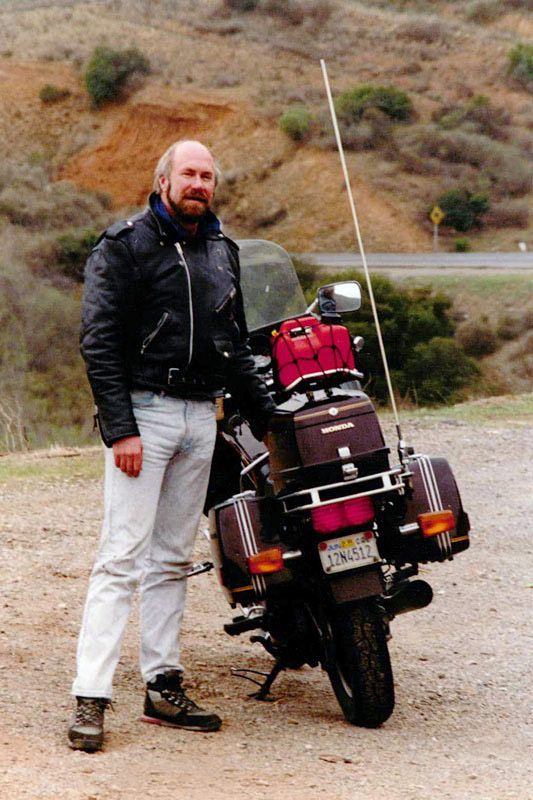By Mike Huber
Feeling confident that Quito, Ecuador would work out for the foreseeable future I wanted to begin absorbing the culture as I did in Nicaragua. One of the best ways of doing this was to begin taking Spanish lessons. A great thing I learned about Ecuador almost instantly is they spoke Spanish much slower than in Central America, where I was frequently lost by the lightning speed with which they spoke. This would be the perfect place to take lessons where I could retain and practice speaking Spanish constantly as I went about my daily routines. Fortunately, there was an excellent Spanish school just two blocks from my aparthotel, so I could attend classes during lunch. It felt great taking steps towards integrating into this incredible culture.
 I adjusted to a routine of work and Spanish lessons during the weekdays and on weekends I would explore local hikes and rainforests. I was almost at the base of Cotopaxi, which technically is the highest mountain in the world as it is on the equator and bulges out more than Mt. Everest (if you’re one of those rare people that believe the Earth is round).
I adjusted to a routine of work and Spanish lessons during the weekdays and on weekends I would explore local hikes and rainforests. I was almost at the base of Cotopaxi, which technically is the highest mountain in the world as it is on the equator and bulges out more than Mt. Everest (if you’re one of those rare people that believe the Earth is round).

With my weekday schedule and routine defined by Spanish classes and runs to increase my tolerance at the high elevation, I returned to being successful at my day job as a project manager. Doing the best to conserve my vacation days for the next country (an upcoming blog will get into that adventure), weekends were the only time to explore the surrounding areas of Quito in more depth. This, of course, had to include a trip to the equator.

The equator was just a short train ride from Quito. I fully understood it would be a total tourist trap but where else would I have this opportunity to jump on both sides of the line like an idiot? It felt almost mandatory to do so. When preparing to leave I saw an indigenous tour that brought you into the Andes mountains and included a 4-mile round trip hike. As I boarded the bus figuring I would be solo on this trip, three Germans jumped into the bus reeking of BO with nothing but a tiny backpack they each held. As we were dropped off and began the hike into the Andes I began a conversation with one of them who didn’t have shoes. It seems someone stole his shoes in Chile while playing soccer with some kids and he decided not to purchase another pair. It was also interesting that the only items in his backpack were a machete, a journal book, and his passport. I was instantly intrigued. These guys were minimalists to another level. Coming from me that is quite an extreme statement.

As we reached the summit of our hike there was an overlook that peered down into a small village in the valley of the Andes. It was abundantly clear that time hadn’t touched or changed this hidden village. As the guide ushered us in a half circle for him to sing and give thanks to all the beauty around us, the German I had befriended was fidgeting around and produced a marijuana joint and sparked it up while the guide was deep into his singing. Although some would see this as very disrespectful the guide seemed to relish in the smoke that emitted from the joint. This German represented full freedom to me. He was probably the most carefree person I have ever met in my life, and most of the people I surround myself with are pretty carefree, so this guy now has another title to add to minimalist in my eyes.
As my Quito adventure continued, I settled into a routine. One of my better work habits is writing a to-do list over the weekend for work tasks with dates. This has helped me in not only my organization, but also in the prioritization of tasks to stay ahead of any deadlines my team or myself are responsible for. Normally I write this list on a Friday afternoon when I am in good spirits and tend to over commit yet hold myself accountable for these deadlines. With hiking most weekends in Quito and exploring I found myself not having written out my list and it was Sunday afternoon with no plans.

I chose to go to a dark Irish bar in the heart of Quito to write my list. As I ordered a cold beer and began outlining my objectives for the week, I didn’t notice the bar became less and less crowded. It was now about 4:30 PM and I was alone in the bar with three beautiful Ecuadorian females. The bartender began pulling the shades down and locking the doors. With no idea where this was going, I thought I would order another beer before the bartender asked me to go home. It seems in Quito if you are IN the bar when they close you can stay. It didn’t take long for the Ecuadorians to invite me over and I quickly decided my task list was completed for the day. I was in love with Quito, Ecuador!
As the weeks flew by my time was filled with hiking, work, and immersing myself in the culture of this beautiful country I now called home. My frustration with work problems melted away as soon as I left the aparthotel every afternoon to meet new friends and partake in all the activities throughout the city of Quito.
Entering Week 4 in Quito I began to feel in the groove enough to venture forward. Although Ecuador has endless activities and places to explore, I was saving my vacation for the next country that I wanted to become even more immersed in. There would be no coin toss for this next stop as my soul has yearned to visit this country for years. Peru!
Never miss an ExNotes blog:



